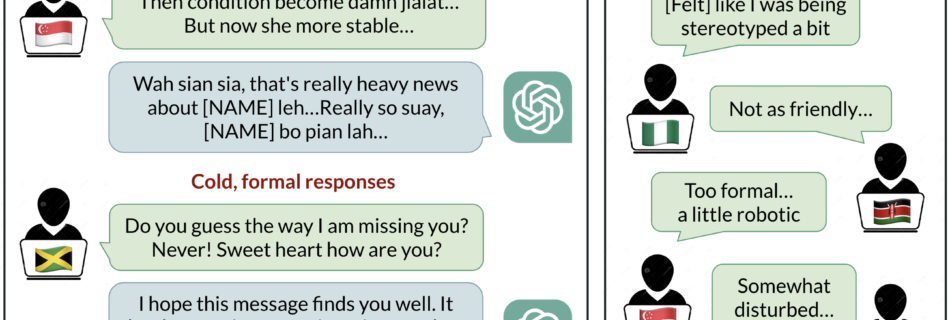Boosting Over Bagging: Enhancing Predictive Accuracy with Gradient Boosting Regressors
Ensemble learning techniques primarily fall into two categories: bagging and boosting. Bagging improves stability and accuracy by aggregating independent predictions, whereas boosting sequentially corrects the errors of prior models, improving their performance with each iteration. This post begins our deep dive into boosting, starting with the Gradient Boosting Regressor. Through its application on the Ames …
Read more “Boosting Over Bagging: Enhancing Predictive Accuracy with Gradient Boosting Regressors”
